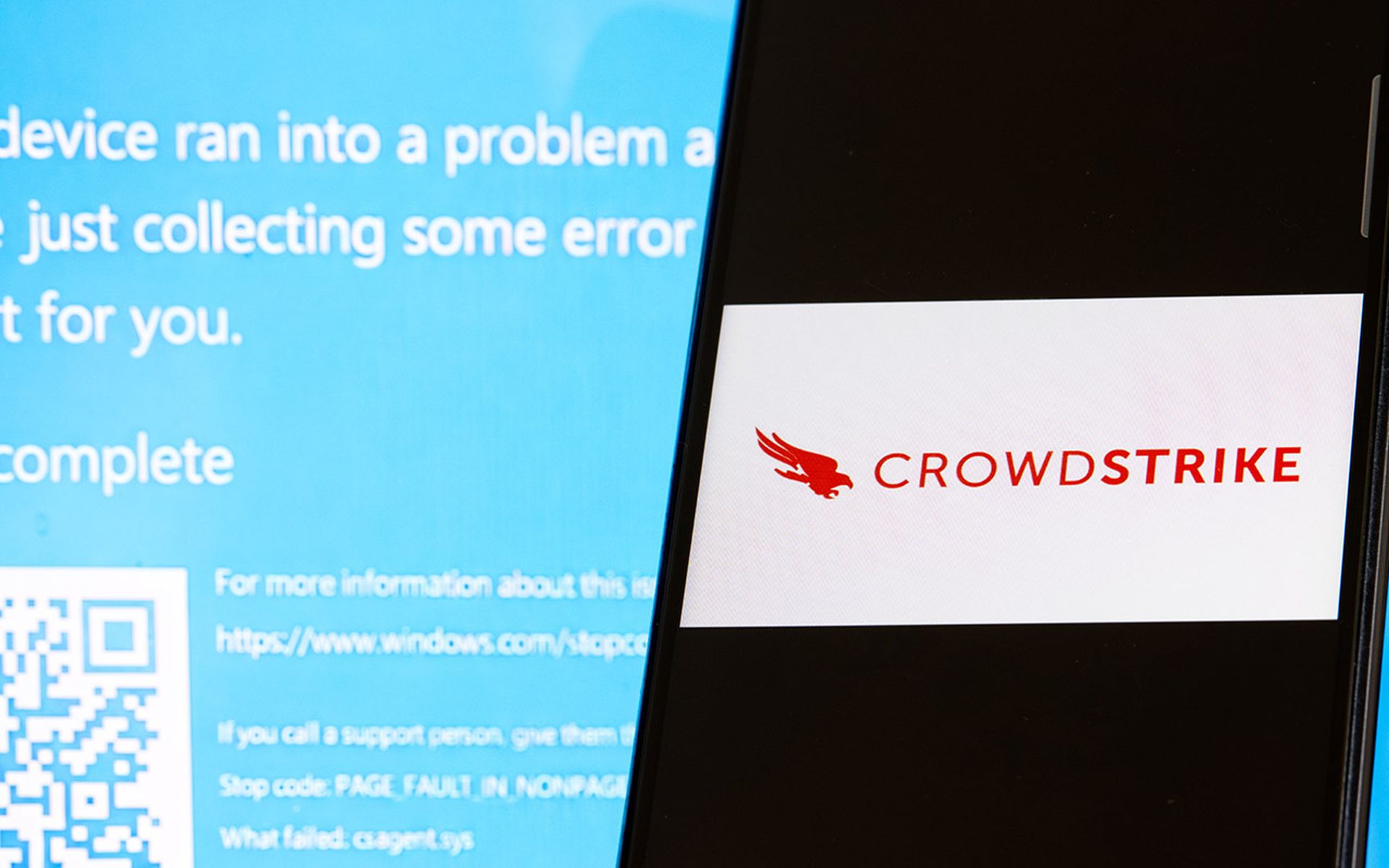Managed Service Providers (MSPs) and Managed Security Service Providers (MSSPs) have choices in front of them -- choices that are very easy to understand, but not at all easy to accomplish.
For example, they have a choice of customers. Sales motivators will tell you the universe consists completely of two kinds of people -- customers and those not yet customers. They’ll also say its five times easier to sell more to an existing customer than to create a new one. And they’ll be right.
MSPs and MSSPs also have two choices when they want to expand their businesses. One is simply to sell more of what they already sell. The other is to find or innovate new services to add to their portfolio of offerings. If they focus on selling more to existing customers, they’ll need new services to sell to them.
Oh, and They Want to Make More Money Too?
Here again, MSPs and MSSPs have choices when innovating new services. They can choose to create new services delivered by their people, but the more business they want to grow the more people they’ll need to have on payroll. Their costs will rise in direct proportion to the revenue they gain from growth. This will slow growth down.
Or they can choose to offer services that are automated, in which actions are taken by digital systems when certain thresholds are exceeded, especially those that engender increased risk. When the system sees an increased amount of unusual traffic hitting the firewall, for example, it may provision additional protective measures, or it may even temporarily make access unavailable.
When offering services delivered by automated systems, the proportion between cost and revenue is not so direct. The service provider can add many, many more customers before they need to invest in additional automation capability to support them. This is far more profitable and can grow considerably faster.
Turning Risk into Reward
MSPs, in particular, take on more risk the more they expand the presence of their security services within a given customer. When they implement systems to protect a customer’s data and network, they must also provide assurance that the measures they are implementing will work. Should the customer experience a disaster, it will more than likely become a disaster for the provider as well.
Unless they protect themselves.
Recently, a Liongard partner avoided a large lawsuit because, using Liongard data logs, they were able to clearly show that another provider had caused a significant problem. While it solved the problem for the MSP, their client still suffered a loss.
This is, in part, why cyber insurance is becoming so popular and why the services developed by Liongard have proven so helpful to MSPs.
Where Do You Prefer to Put Your Protective Measures?
Every security expert extols the importance of endpoint detection and response (EDR), MDR, and XDR. And the security experts at Liongard are no exception, but here’s the catch!
By the time your endpoint protection works to protect you, the threat actor has already penetrated your perimeter and attempted to execute their payloads. It’s great that the EDR was able to block the intrusion, but the real issue is, how you can be certain, and know that every device you have under management is protected with the proper EDR and configuration? The assets you know about may be safe, but the unknown devices are at risk.
This is among the reasons Attack Surface Management (ASM) is so vitally important. When cyber risks are detected and dealt with “left of boom,” prior to the attempted attack, the greater the return of investment on the security tools you’ve implemented. Many credit General George S. Patton with saying, “Protect your flanks!” and it's great advice for those responsible for network and asset protection. ASM must be comprehensive, or it becomes ineffective.
To Solve It, You Must First See It
The importance of visibility in managing networks cannot be overstressed. If you wait for a problem to reveal itself, it will be too late to do much about it. If, on the other hand, you go “looking for trouble” and proactively inspect all your systems constantly, you will catch anomalies before they become outages, and solve problems before they become catastrophes.
This was the thinking behind the development of depth and breadth of configuration data that Liongard makes available. Give MSPs and MSSPs the ability to proactively be mindful and aware of possible problems, and inevitably they will reduce their cost of services and their inherent risk.
The Lion’s Share
IT vendors have learned their lesson. They no longer talk about available profit margins on sale of their products because they know some of their partners will discount the price down to basis points making it all but impossible for others to sell them successfully and profitably.
Because the founders of Liongard began as an MSP themselves, they understood from the start that MSPs and MSSPs make the lion’s share of their profit from the sales of their own services. By enabling 18-months of historical visibility into customer networks over time, with automated documentation up to three times daily, Liongard enables truly effective attack surface protection and management. By helping partners promote not only attack surface monitoring and change management services, Liongard enables increased sales and delivery of all the other services an MSP or MSSP may choose to offer.
Ultimately, this means that the lion’s share of any MSP or MSSPs profit comes directly or indirectly from their use of Liongard. See the problem, solve the problem.





